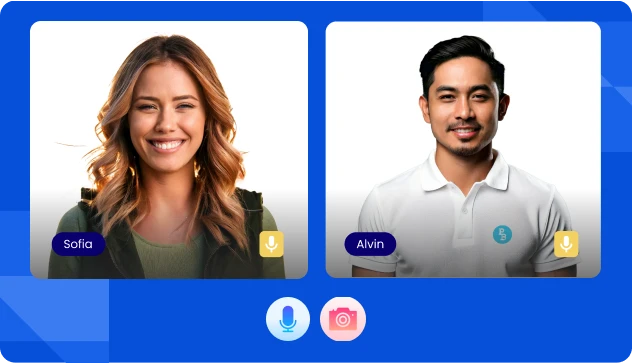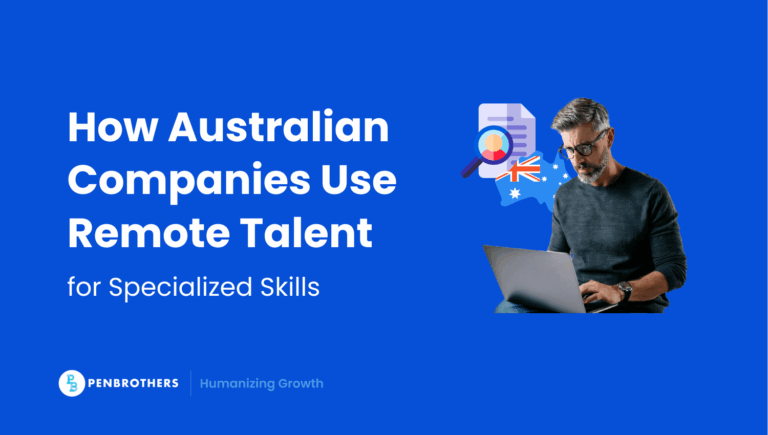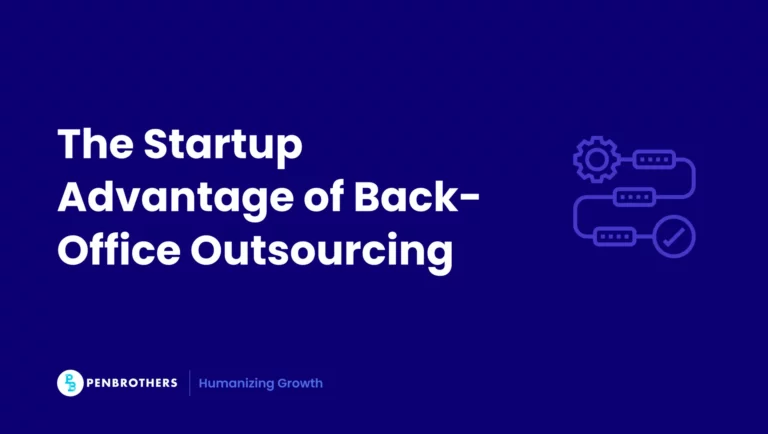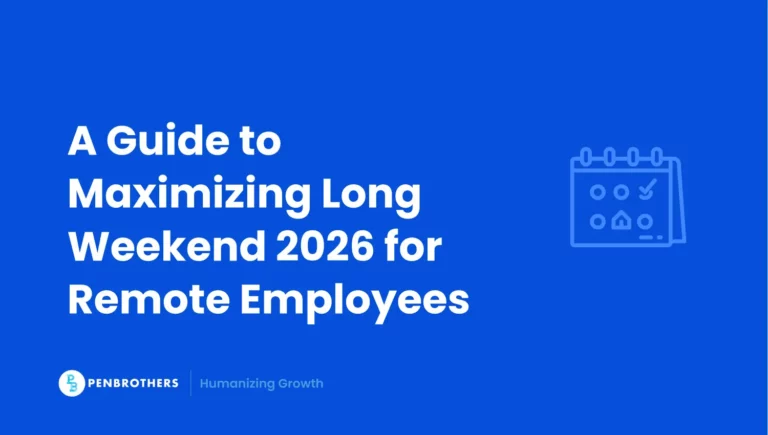You aced the interview. The conversation flowed smoothly, and the hiring manager seemed genuinely interested. You left feeling confident. Then… silence. Days turn into weeks, and still, no update. Now you’re stuck in a dilemma: Do you follow up and risk being annoying? Or do you stay quiet and risk losing the opportunity?
This is where most job seekers go wrong. Either by following up too soon and appearing impatient or waiting too long and becoming irrelevant. Others send vague, generic emails that do nothing to move the process forward.
Here’s the truth: A well-timed, well-crafted reply regarding a follow-up can keep you top of mind, reinforce your value, and sometimes even push hiring decisions in your favor. But it’s essential to approach it with a clear strategy in mind.
This guide will show you when and how to follow up on a job interview without sounding desperate and what to say to get a real response.
Key Takeaways
- Following Up is a Non-Negotiable, Strategic Step: You should always follow up after a job interview. A well-crafted follow-up message keeps you visible, demonstrates professional enthusiasm, and can be a deciding factor between two equally qualified candidates.
- Timing and Patience are Critical: The follow-up process has a specific timeline. Send a thank-you note within 48 hours, but wait 5-7 days before sending the first real follow-up asking for an update. Rushing the process can make you seem impatient.
- Your Follow-Up Must Add Value: A generic “just checking in” email is ineffective. A strong follow-up is specific and professional; it should reference a key point from your conversation to remind the hiring manager of your value and reiterate your genuine interest in the role.
- Know How to Handle Silence Gracefully: If you receive no response after a couple of attempts, it is best to send a final, professional email to close the loop. This maintains your reputation, provides you with closure, and leaves the door open for potential future opportunities with the company.
How to Tell if an Interview Went Well?
The signs live in the details.
Watch the interviewer’s body language. Leaning forward means engagement. Looking at their phone means distraction. Taking notes during your answers signals interest. Checking the clock signals they want this over.
Listen to the questions they ask. “When could you start?” suggests possibility. “Tell me about your salary expectations” means they’re calculating. “Do you have any questions for us?” followed by detailed answers shows investment. Generic responses suggest routine.
Notice the conversation flow. Did they ask follow-up questions about your experience? Good sign. Did they share challenges the team faces? Better sign. Did they talk about next steps without you asking? Excellent sign.
Time tells stories too. Interviews scheduled for thirty minutes that run forty-five minutes usually mean good things. Conversations cut short rarely do.
But here’s the truth about reading signs: they’re not guarantees. Hiring managers have good days and bad days. Some are naturally warm, others professionally distant. Some love your background but worry about budget approval. Others think you’re perfect but need to interview more candidates first.
The real indicator? How you felt during the conversation. Did you connect? Could you picture yourself working there? Did the role excite you? Those feelings matter more than trying to decode every gesture and pause.
Trust your instincts. Then follow up anyway.
Why Candidates Struggle With Following Up
Many job seekers hesitate or handle follow-ups poorly because of:
- Fear of being seen as pushy: No one wants to annoy a potential employer, but silence doesn’t mean you should disappear.
- Uncertainty about timing: Following up too soon can be off-putting, but waiting too long can cost you the opportunity.
- Not knowing what to say: Many candidates send generic “just checking in” emails that add no value.
- Handling rejection or ghosting: If the company goes silent, what’s your next move?
These struggles are valid, but they can be fixed with the right approach.
Is it Worth Following Up After an Interview?
Yes. Always.
Here’s why the math works in your favor.
Following up keeps you visible when hiring managers review their notes. They interview multiple candidates. Names blur together. Details fade. Your follow-up email reminds them why they liked you.
It shows continued interest without desperation. Companies want people who want to work there. Silence suggests indifference. A well-crafted follow-up suggests enthusiasm.
Sometimes it breaks ties. When two candidates look equally qualified on paper, the one who followed up professionally often gets the edge. Hiring managers are human. They remember who made their job easier.
Following up can surface feedback you wouldn’t get otherwise. Maybe they loved your experience but worried about cultural fit. Maybe the role requirements changed. Maybe they’re waiting for budget approval. You can’t address concerns you don’t know exist.
The downside is minimal. One professional email won’t cost you a job you were going to get. Poor follow-up technique might, but that’s fixable with the right approach.
The upside is substantial. Jobs go to people who stay engaged in the process. Following up is part of that engagement.
But timing and tone matter. Too soon looks desperate. Too aggressive annoys people. Too generic adds no value. The templates in this guide solve those problems.
The question isn’t whether following up works. It’s whether you’ll do it well enough to help your chances rather than hurt them.
Done right, following up turns waiting into action. It gives you something productive to do during the uncertainty. It keeps you in control of what you can control.
The worst thing that happens? They don’t respond and you move on knowing you tried everything. The best thing? You get the job because you stayed visible when others disappeared.
Those odds favor following up.
How to Follow Up Effectively
Timing Is Everything: When Should You Follow Up?
Rule of thumb: It’s important not to rush, but don’t delay for too long either. Here’s a timeline that actually works:
- Within 24–48 hours: Send a thank-you email after the interview. This isn’t a follow-up; it’s a professional courtesy that keeps you in good standing.
- 5–7 days after the interview: Send your first follow-up if you haven’t heard back.
- 10–14 days after the interview: If no response, send a final follow-up. When there’s no response, it might be best to shift your focus elsewhere.
Pro Tip: If the interviewer told you when to expect an update (e.g., “We’ll reach out next week”), wait two extra days before following up. This prevents you from seeming impatient.
Composing a Follow-Up Email That Moves the Process Forward
A weak follow-up sounds like this:
“It’s been a little while, so I wanted to see if you’ve had a chance to decide on the role.”
This does nothing to remind the employer why they should hire you. Instead, craft a follow-up that is professional, specific, and shows your continued interest.
Follow-Up Email Template (After One Week):
Subject: Following Up on [Job Title] Interview
Dear [Hiring Manager’s Name],
I hope you’re doing well. I wanted to follow up on my interview for the [Job Title] role at [Company Name]. I’m still very excited about the opportunity to contribute to [mention specific project or goal discussed], and I believe my skills in [mention relevant skills] are a great match for the role.
Could you share any updates on where things stand in the hiring process? If there’s anything more I can provide or discuss, I’d be more than happy to do so.
Looking forward to hearing from you!
Best,
[Your Name]
Why This Works:
- It reminds them why you’re a great fit by referencing something specific from the interview.
- It keeps it professional and direct. No fluff.
- It opens the door for a response without applying pressure.
When (and How) to Call the Hiring Manager
Most candidates avoid calling, but in some cases, a quick phone check-in can work in your favor especially if:
- You’ve had multiple interview rounds.
- You were given a timeline, and it has passed.
- You’ve sent two emails with no response.
Follow-Up Call Script:
“Hi, [Hiring Manager’s Name], it’s [Your Name]. I know your schedule must be packed, so I’ll keep this brief. I’ve been thinking about our discussion regarding the [Job Title] role and I’m still really eager to bring my experience to [specific project or challenge discussed].”
If they don’t answer, leave a voicemail under 30 seconds and follow up with a brief email referencing your call.
Leveraging LinkedIn Without Being Overbearing
Instead of waiting in silence, use LinkedIn to stay on the employer’s radar:
- Connect with your interviewer if you haven’t already.
- Engage with company content by liking or commenting on relevant posts.
- Send a light follow-up message that keeps you visible.
LinkedIn Follow-Up Message Example:
“Hi [Hiring Manager’s Name], I really appreciate our conversation about [specific topic] during my interview for [Job Title]. I’d love to stay in touch and continue learning from your work at [Company Name]. Hope we connect soon!”
This keeps you engaged without directly asking for an update.
How to Handle No Response Without Wasting Time
If the company stops responding, don’t assume the worst, but also don’t wait indefinitely.
Final Follow-Up Email Template (10–14 Days After Your Last Follow-Up):
Subject: Checking In – [Job Title] Interview Update
Hi [Hiring Manager’s Name],
I hope you’re doing well! I just wanted to touch base about my interview for the [Job Title] role. I know things can get busy, and I appreciate the time and effort you’ve dedicated to the hiring process so far.
If a decision has already been made, I completely understand and appreciate your consideration. I would be happy to stay in touch, as I’m genuinely interested in [Company Name] and the impactful work you’re doing. If anything changes or if there’s an opportunity for us to reconnect in the future, please don’t hesitate to reach out.
Thank you again for the opportunity to speak with you, and I hope we can cross paths again soon. Wishing you continued success,[Hiring Manager’s Name]!
Warmly,
[Your Name]
What This Achieves:
- It keeps your reputation intact. You close the conversation professionally.
- It removes uncertainty. You’ll know whether to move on.
- It leaves the door open. If things change, they may reach out again.
Looking for Companies That Value Candidates and Their Time?
Following up after an interview shouldn’t feel like a guessing game. If a company consistently ignores your follow-ups, it’s a red flag. A company that values talent will communicate clearly, respect timelines, and treat candidates with professionalism.
At Penbrothers, we believe in fair hiring, transparent communication, and opportunities that match your skills and career growth.
Ready to move to a company that values you?
Explore open roles at Penbrothers today, just like Lawrence.
Frequently Asked Questions
Yes. A professional follow-up keeps you visible to the hiring manager, reinforces your interest in the role, and can sometimes be the tie-breaker between two strong candidates. The potential benefits are significant, while the risk is minimal if done correctly.
First, send a thank-you email within 24 to 48 hours of the interview. For the actual follow-up email asking for a status update, you should wait 5 to 7 days after the interview. If the interviewer gave you a specific timeline, wait a couple of days after that timeline has passed before reaching out.
Your email should be brief, professional, and add value. It should contain:
A clear subject line with the job title.
A polite reminder of the role you interviewed for.
A specific reference to something you discussed in the interview to help them remember you.
A reaffirmation of your interest and skills.
A direct but polite request for an update on the hiring process.
It can be, but this should be used sparingly and as a last resort. A phone call may be appropriate only if you have already been through multiple interview rounds and have not received a response to two follow-up emails after the stated hiring timeline has passed.
If you still have not heard back 10 to 14 days after your first follow-up, it is best to send one final, professional email. This message should gracefully acknowledge that a decision may have already been made, express your continued interest in the company for the future, and politely close the conversation. After sending it, you should shift your focus to other opportunities.






